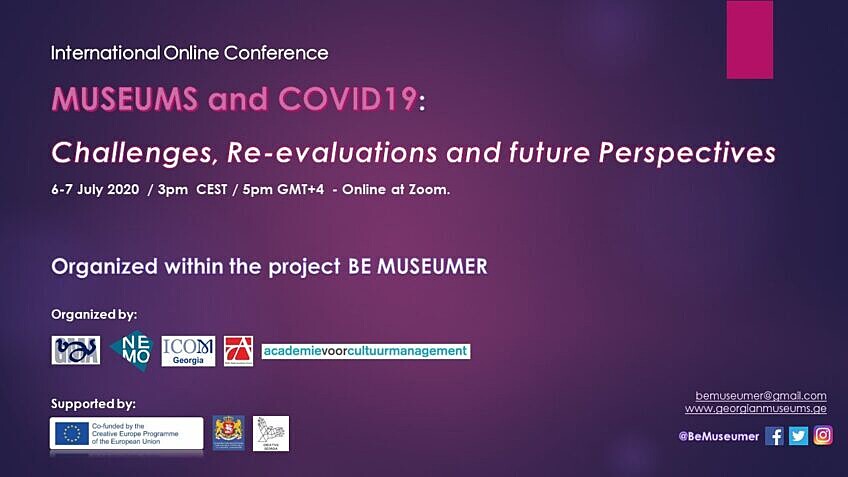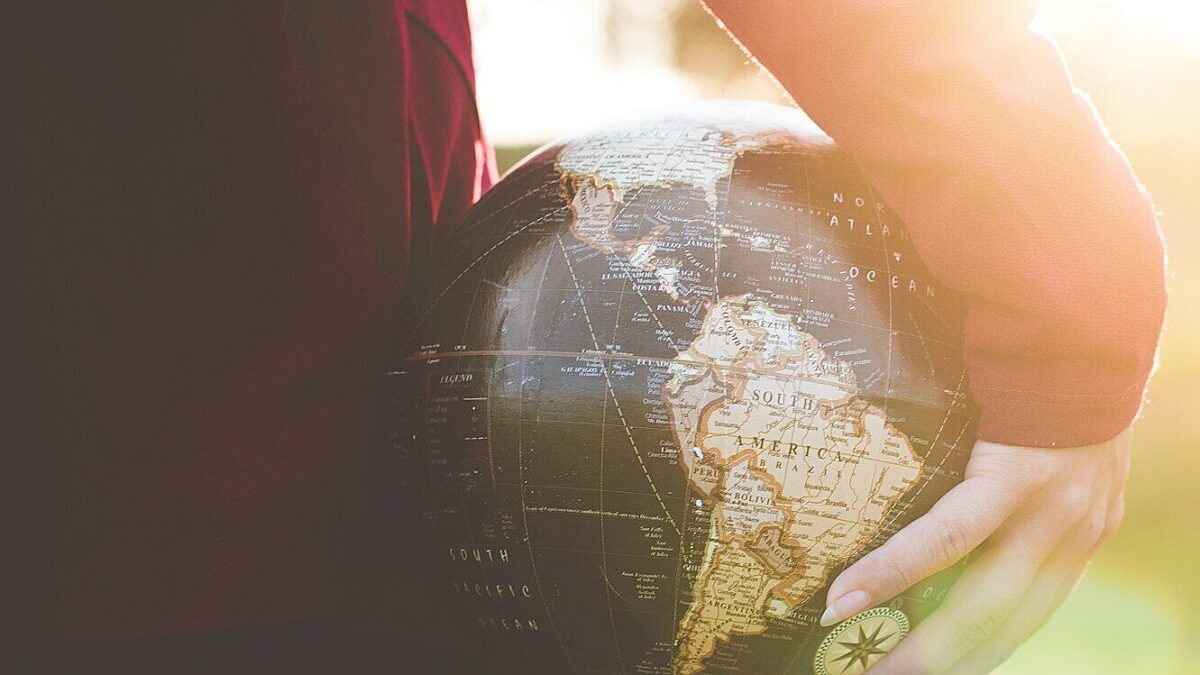Learning to care: sustainability beyond traditional thresholds
A new article with some reflections on what being involved in a worldwide pandemic has taught us. From the speech of Maria Cristina Vannini during the BE MUSEUMER Conference-Museums and Covid19
15/07/2020
Editorial
Being involved in a worldwide pandemic has taught us some insights that we can bring with us in our everyday work in and with museums. The two basic learnings are: how much we are all interconnected around the world and how much social limits impact on psychology and economics.
Travelling, embracing, touching has been limited or prohibited, but as soon as the ban has been partially lifted, we all have immediately felt a relieving sense of going back to “normality”. Actually, museums and cultural institutions will be among the few institutions not to go back to normality but to face an adaptation to something that has been called “new normal” and it is not clear why it has to be so just for them, regarding hygienic rules, distancing, number of people in the buildings. Sign that sometimes, the cultural field suffers from inferiority complex and accepts to be “more royalist than the king” in a relevance-suicide.
During the pandemic, museums around the world and, from my specific point of view, many of the almost 5.000 museums in Italy, demonstrated an unexpected vivacity and enthusiasm developing online activities and events and exploiting their social network channels due to the need to maintain some sort of relationship with their audiences, some times even finding a shortcut to try and connect with new targets (see the Uffizi profile on TIKTOK). But have they reach the goal of answering to people’s needs? In a study that we carried out in the midst of the quarantine about provisional fruition of cultural offers after the lockdown, on almost 1000 respondents from the audience side, the outcome was a request of sense and meaning on qualitative terms.
Wounds left by fear and distancing that from physical has really become social after months of reclusion, can effectively be healed also by museums’ cultural products if these are high quality and consistent with the museum mission (see the Museo Egizio video production), if they can call for some sort of sociality – although with limited groups and mainly open-air (see the activities of MAVS a small archaeological museum on lake Garda who has more than doubled the number of workshops with kids after the pandemic, because they have an impressive number of subscriptions), and if they demonstrate a fit relationship with contemporary issues.
It will be more and more difficult in facts to justify to a greater number of stakeholders the “reason” or the meaning of maintaining museums open if museums won’t learn to trespass their thresholds and if they won’t bring their activities outside of their walls.
The more museums will need to become sustainable and attract funds both from the public and the private sectors, the more they must learn to care about the people and the environment around them. They can be interesting to the private sector and to individual support if they start offering real services as libraries usually do: museums cannot lend objects – of course, or why not? A lot of hotels or public utility buildings can be interested in lending so-called “secondary goods” the storehouses of every museum are full of, following all the rules and prescriptions required plus a high rental fee. In a time of touristic strategic positioning, this is an interesting “weapon” to rely on in order to enrich the experience of a territory, among others.
They can call for further and diversified public support if they can organise programmes (post-school, art therapy, caregiving to elderly people or disable, immigrants/asylum seekers welcoming/training, qualification training for who lost their jobs, human rights and gender rights promotion) to fill the welfare gap many communities suffer about.
Museums can find several opportunities and enter corporate supply chains, if they start sustaining the European Green Deal not only in words but in actions, fostering recycling – also of displays – and relying on the circular economy, improving biodiversity in the parks or terraces around them (see the 2017 TATE Modern project with beekeepers).
As we can see, then, museums are not islands, as Kenneth Hudson used to say, but they can be nodes of a new cultural network at the base of social development and local advancement. It’s really time that museums begin to care about what is outside themselves since they are singular collectives of people, heads, opinions, ideas which belong to the world and we cannot allow that the “building-museum” or the institution-museum keeps them balmed inside.
Talking again about the king: the king is naked now, let’s dress up, go outside from the palace and start mixing with contemporary life.
This article is part of the speech of SOLUZIONIMUSEALI ims’ founder Maria Cristina Vannini during the BE MUSEUMER Conference – Museums and Covid19.

